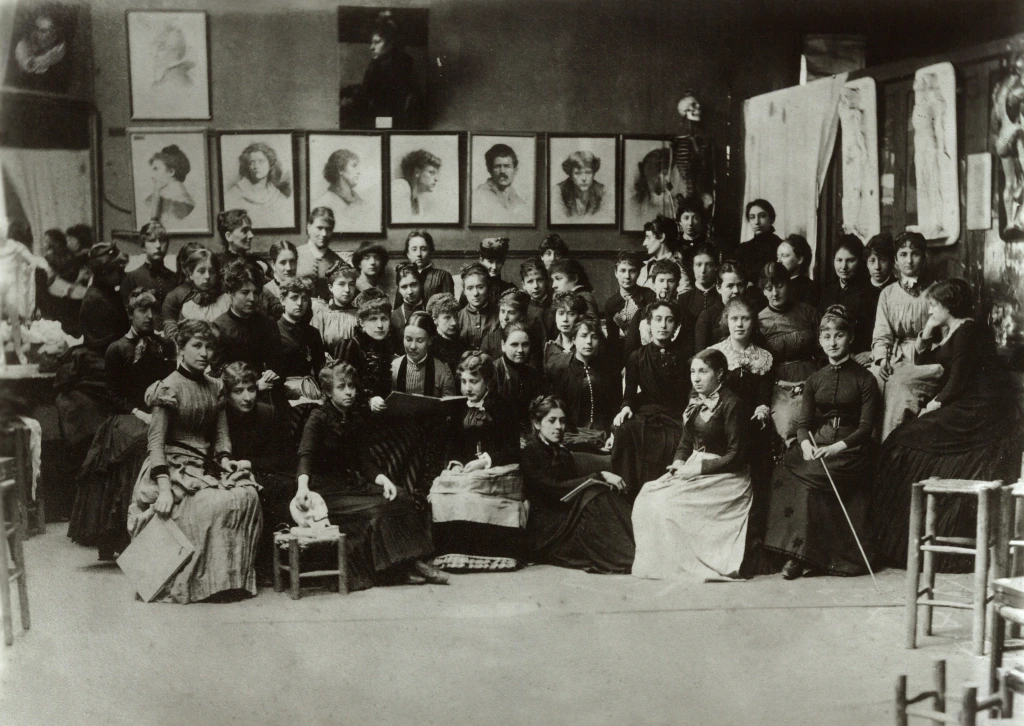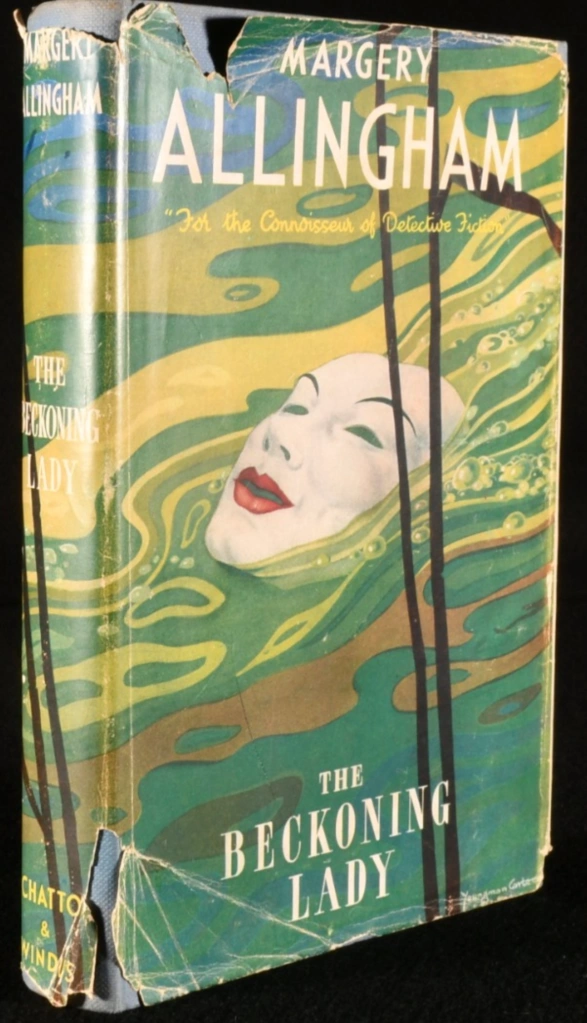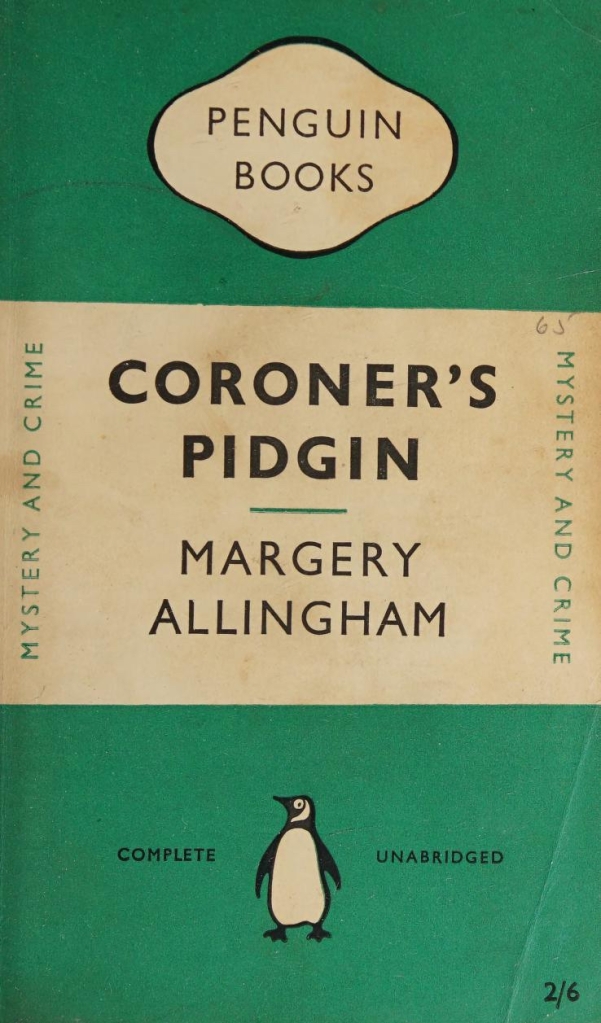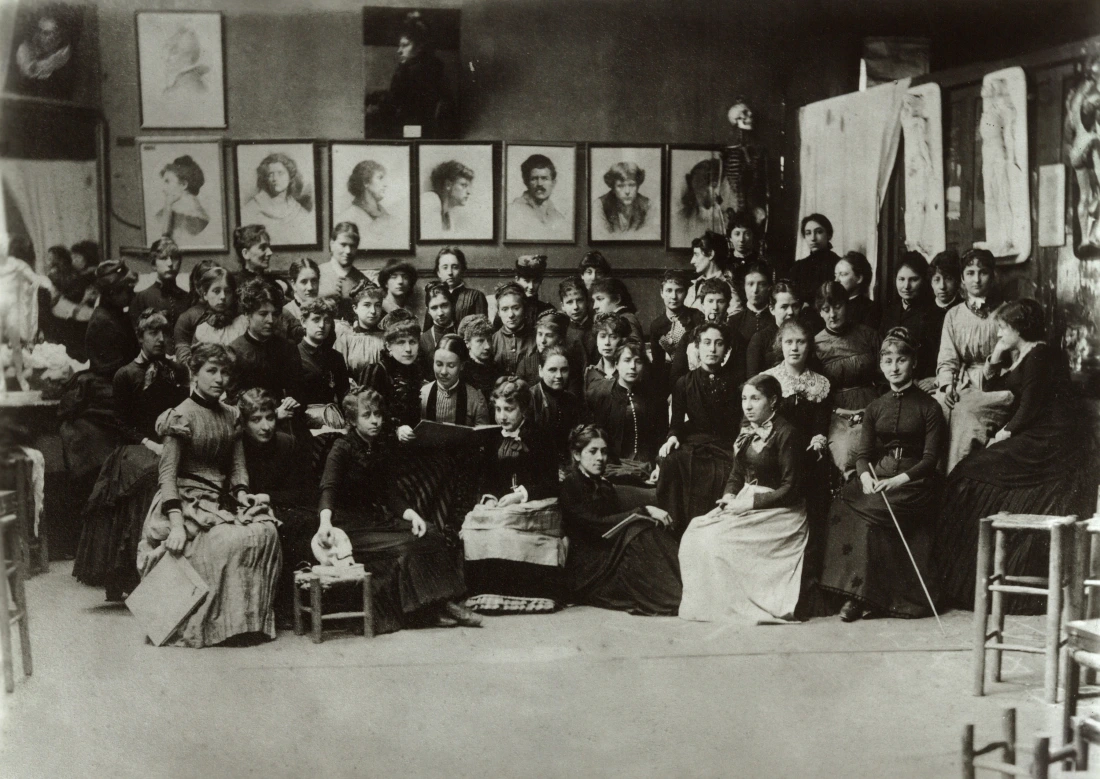
Hello! I have been looking forward to writing this post for a good long while, and today I finally have the pleasure of introducing to you the brilliant group of writers who are contributing to our Summer of Mystery club. Each of our contributors brings something very fresh and very different to this project each of them is a Margery Allingham superfan, and I’m absolutely thrilled to have each of them on board.

I was lucky enough to be able to meet our first contributor, Julia Jones, in the Essex landscape that’s dear to her heart, both as the setting for some of her own novels and as Margery Allingham country.

Julia is a wonderful writer and editor whose wide-ranging work includes YA fiction, personal memoir, maritime history, an important study of early 20th Century popular literary culture and (of course) The Adventures of Margery Allingham (1991; 2009; 2013).

In so many respects, Margery Allingham’s personal story is a complicated and difficult one: there was a lot of joy and laughter in her life, but her world held many dark corners too. But this creative, curious, striving woman could honestly have asked for no better biographer than Julia, whose research began several decades ago in Allingham’s own Essex home in Tolleshunt D’Arcy, and whose commitment to, and understanding of, her subject remains completely unparalleled. Julia is quite simply the Margery Allingham expert and her Adventures of Margery Allingham – a biography whose pages sparkle with the wit, empathy and insight that were also so characteristic of its subject – is essential reading for any Summer of Mystery club member.

We are thrilled to be able to stock The Adventures of Margery Allingham in the KDD shop, along with several of Julia’s other books (about which you’ll be hearing much more as the club progresses). Having admired Julia’s work for many years, it was a real treat for me to actually get to meet her, and I only wished I lived a wee bit closer to Essex so I might bother her more frequently for convivial chat and cake.

For the purposes of writing this post, I asked all of our contributors to talk a little about their favourite Allingham novels: Julia says her favourite is always the last one she’s read, but she is a particular fan of Hide My Eyes (because of its exploration of blind love), of Dancers in Mourning (for its nuanced portrayal of a multilayered household) and of More Work for the Undertaker (because of Lugg).

Our next contributor, Imogen Robertson, has many different strings to her creative bow (including directing and writing for children’s television) but she is perhaps best known as an award-winning author of historical crime fiction.

If you’d like an introduction to Imogen’s work, I think readers of this blog would particularly enjoy The Paris Winter, which explores the intertwining struggles of a group of women artists of several different social classes and nationalities in Belle Époque Paris. Based around a fictionalised version of the trailblazing, real-life, Académie Julian (where, before their widespread admission to art schools and colleges, women were able to study banned subjects such as life drawing), The Paris Winter is a gripping tale, powerfully told, with an evocation of time and place that is both precise and startlingly imaginative. The mystery plot is important, of course, but Imogen’s just a really great writer: what she is able to do with character really takes my breath away.

Imogen grew up reading Margery Allingham, or rather, having Margery Allingham read to her: “my mum found reading to me and my brothers was a great way to keep us quiet on long car journeys, and she often chose an Allingham novel. She’d also read us Georgette Heyer and Dorothy L Sayers, so it’s no surprise I began my writing career historical crime fiction!”

“Allingham is always a writer I come back to,” says Imogen “and my respect for her was also deepened reading Julia Jones’s excellent biography.”
You and me both, Imogen, and which novels make it to the top of your Allingham pile?
“Death of a Ghost will always be a favourite, but I think Tiger in the Smoke, so chilling and challenging, still comes top of my list and is where I recommend anyone new to her writing dives in.”

Not completed by students of the Académie Julian, but rather those of the Macaulay Court Academy, above and below you’ll see colourful artist’s impressions of our next Summer of Mystery contributing writer, Veronica Horwell

Like several other blog readers (particularly those of you in the UK, I suspect), I’ve been a fan of Veronica’s journalism for many years and my most frequent experience of reading a piece written by her is to stop and shout yes! That’s exactly it! From the peculiarly British fascination with domestic service in historical dramas like Downton, to how the editorial decisions of British Vogue both shaped and reflected the cultural shifts of the 1940s, Veronica’s writing always seems to get to the heart of what might make something (or someone) particularly of its (or their) time. This of course makes her the perfect writer of the style and fashion obituaries (for which she’s so well known), and also perhaps explains some of her fondness for Margery Allingham, whose feeling for how popular trends come to define a cultural moment was similarly acute.

Of her favourite Allingham novel, Veronica writes: “I met The Beckoning Lady as an ignorant mid-teen following-up a casual reference to Margery Allingham in some newspaper article read in the local library; mentions like that regularly gave me a way into a much wider world than school ever provided. And there it was to hand on the first fiction shelf. Never had any taste for mysteries as puzzles, so I read it as a novel of manners and modes of living, written — as I realised re-reading over the years — at a crucial change-point when creative work began to expand to marketing, advertising, consumer research, the concept of ‘concepts’. The book remains dead accurate about wealth and attendant corruption — the scheme that motivates the murder would be even more plausible in 2024 Britain. It’s also still a viable vade mecum to artists.”
Yes! That’s exactly it!

Our final contributor, Caroline Crampton, will need no introduction to those of you who are, as I am, committed followers of the brilliant Shedunnit podcast.

If you are a fan of Golden Age Detective fiction, then really, why aren’t you following Shedunnit? Available on Apple Podcasts, BBC sounds, Spotify, YouTube or wherever you get your podcasts, Shedunnit is impeccably researched, beautifully presented and the show makes ideal knitting listening. A recent episode includes Caroline’s interview with Julia Jones (which I suggest you nip off and check out immediately)
As well as reading and writing about Golden Age Detective fiction for her show, Caroline’s also a superb non-fiction writer whose latest title, A Body Made of Glass, has just been published (my pre-ordered copy is on its way!).

Of her relationship with Margery Allingham’s writing Caroline says: “I’m a completist reader when it comes to detective fiction, so I started Allingham’s books at the very beginning and gradually, over the course of my teenage years, made my way through in publication order. I would recommend this for anyone interested in seeing how her fiction developed over time! I do have a major soft spot for Albert Campion — Mystery Mile is my favourite, closely followed by Coroner’s Pidgin — but I am also partial to standalones like Black Plumes.” *
*Kate chips in with a knitting anecdote: written in the early 1940s, Black Plumes is interesting for its use of a Shetland fine lace shawl as shorthand for an elderly character’s style, status, and late-Victorian sense of entitlement.

So, introductions over, please say hello to our four brilliant Summer of Mystery contributors!

I’m so delighted that Caroline, Julia, Imogen, and Veronica will be joining Tom and myself writing exclusive essays (or creating photo essays) for Summer of Mystery club members. These entertaining long reads (released fortnightly to be enjoyed alongside —and in-between—our book club novels) will explore a wide range of exciting topics from knitting and couture in golden age detective fiction to Margery Allingham’s own creative passion for making her own clothes.



I’m both interested and excited about the club. Normally I tend to read non-fiction (as the basis for my own writing) so it’s a pleasant change to read detective novels. I have already started on my first Margery Allingham novel in preparation for the summer. So far, I can say that I love the precision of her writing and I am pleased you have introduced me to her.
LikeLiked by 1 person
Gosh, just completed the puchasing and downloading of my first ever club membership (heady feeling, that!!) I had never before heard of Margery Allingham but she sounds like loads of fun. Off to order the books…
LikeLike
I’m so looking forward to this. All my favourite things.
LikeLike
If I don’t sign up will I still be able to read the essays of your 4 Most interesting authors?
Thank you.
LikeLike